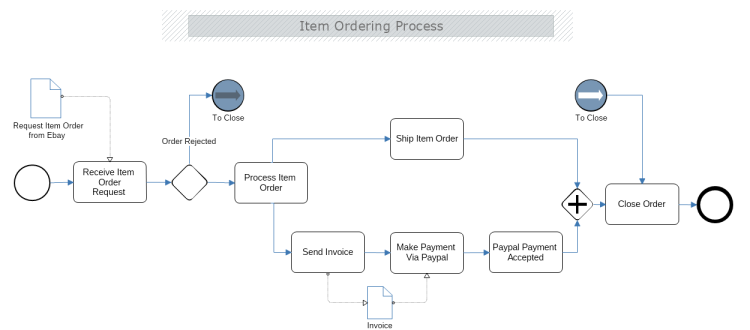

Simplicity makes it powerful and an effective tool.In fact, BPMN can be considered as an advanced version of the basic flowchart technique. Because it has few standard symbols it can be easily understood by many. Flowchart Techniqueįlowcharts are probably the most popular diagram type in the world. However, some of these earlier techniques are still been used in business process modeling. Listed below are some of those techniques that are still used today. Click here to start drawing UML with Creately >īusiness process modeling goes back a long time and BPMN and UML evolved from some techniques used a while back. Our UML software supports drawing of all UML diagram types. We have templates, separate libraries for various UML diagrams and knowledge article to guide you through the process.

It’s flexibility makes UML a popular business process modeling technique Artifacts: data objects, groups, and annotations.Swim lanes: pools (graphic container) and lanes (sub-partition of the pool).Connecting objects: mainly comprising arrows, these indicate sequence flow (filled arrows), message flow (dashed arrows), and associations.Flow objects: events (circles), activities (rectangles with rounded corners), and gateways (diamonds).If you want to get more technical It can also be defined as a set of graphical objects and rules defining available connections between the objects.īPMN consists of the following basic building blocks Simply put BPMN is a graphical representation of your business process using standard objects. Business Process Modeling Notation (BPMN) Integrated definition for function modeling.Business process modeling notation (BPMN).Use the below table to quickly navigate to different techniques. And as promised here’s a more detailed look at various BPM techniques and how to make use of them effectively.īusiness process modeling is mainly used to map a workflow so you can understand, analyse and make positive changes to that workflow or process. Usage of diagram helps you to visualize this process and make better decisions. In one of our previous articles about BPM we briefly touched upon various business process modeling techniques.


 0 kommentar(er)
0 kommentar(er)
